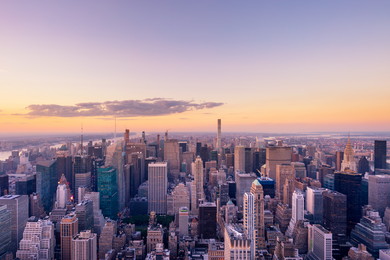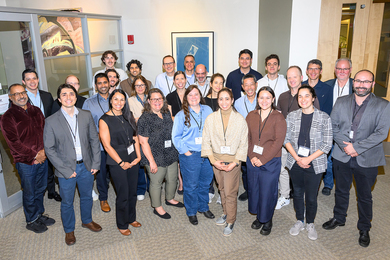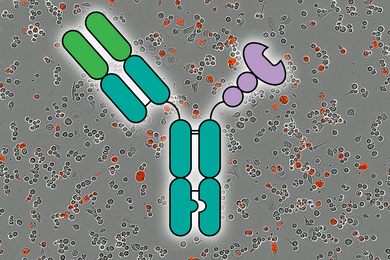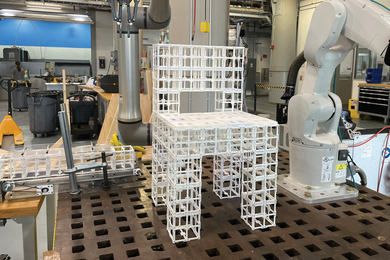The high-impact hurricanes that have hit the United States over the past couple years are, at least for now, more a function of bad luck than of climate change, said MIT Professor Kerry Emanuel during an Oct. 31 symposium.
Through his research, Emanuel has found a way to help improve hurricane risk assessment over time. "There is some really interesting physics that can be brought to bear," he said.
Emanuel, a professor of meteorology in the Department of Earth, Atmospheric, and Planetary Sciences, is the author of the recently published "Divine Wind: The History and Science of Hurricanes." He spoke as part of a series of symposia on "Big Questions After Big Hurricanes."
Emanuel's talk, titled "What Does Current Scientific Research Have to Say About the Present and Future Risks Associated With Hurricanes?" was the fourth in the series.
Assessing the risks posed by future hurricanes is an important exercise, said Emanuel. For insurers, it is important to understand the implications of providing coverage for homes in hurricane zones.
"Katrina is the most expensive natural disaster in U.S. history," Emanuel said, referring to the Aug. 29 hurricane that destroyed parts of the Gulf Coast, killed at least 1,200 people and left $125 billion of damage in its wake.
Since 1870, 223 hurricanes have hit the United States. Only 13 of those storms reached the Category 4 level of Hurricane Katrina. "More than one half of the damage is done by the top five events," said Emanuel. In fact, 90 percent of all hurricane damage in the past 135 years has been caused by storms that are Category 3 and higher.
In recent years, many have speculated about the increasing number of Category 4 and 5 hurricanes. After Katrina came Rita and Wilma, both Category 3 hurricanes that hit the southern United States in September and October.
Emanuel and his team created models of potential future hurricane behavior by examining historical hurricane records and examining the energy level a hurricane generates over its life.
The results were concerning, said Emanuel, but not immediately. "On a 50-year time scale from a U.S. point of view, it probably doesn't mean anything at all," he said. Only about one third of the storms over the Atlantic even make landfall. "The last two years have been more or less bad luck," he said.
However, those who are interested in a time period longer than 50 years or the global effect do need to worry, he said. "Although there are little implications for the U.S. in the next 50 years, there are more global implications."
The fifth symposium in the series will be held Nov. 15 from 5 to 7 p.m. in Kirsch Auditorium.
Professor David Jones of the Program in Science, Technology and Society (STS) and Meg Jacobs, Class of 1947 Associate Professor of History, will address the question: "What's so Natural About Natural Disasters?"
A version of this article appeared in MIT Tech Talk on November 9, 2005 (download PDF).





